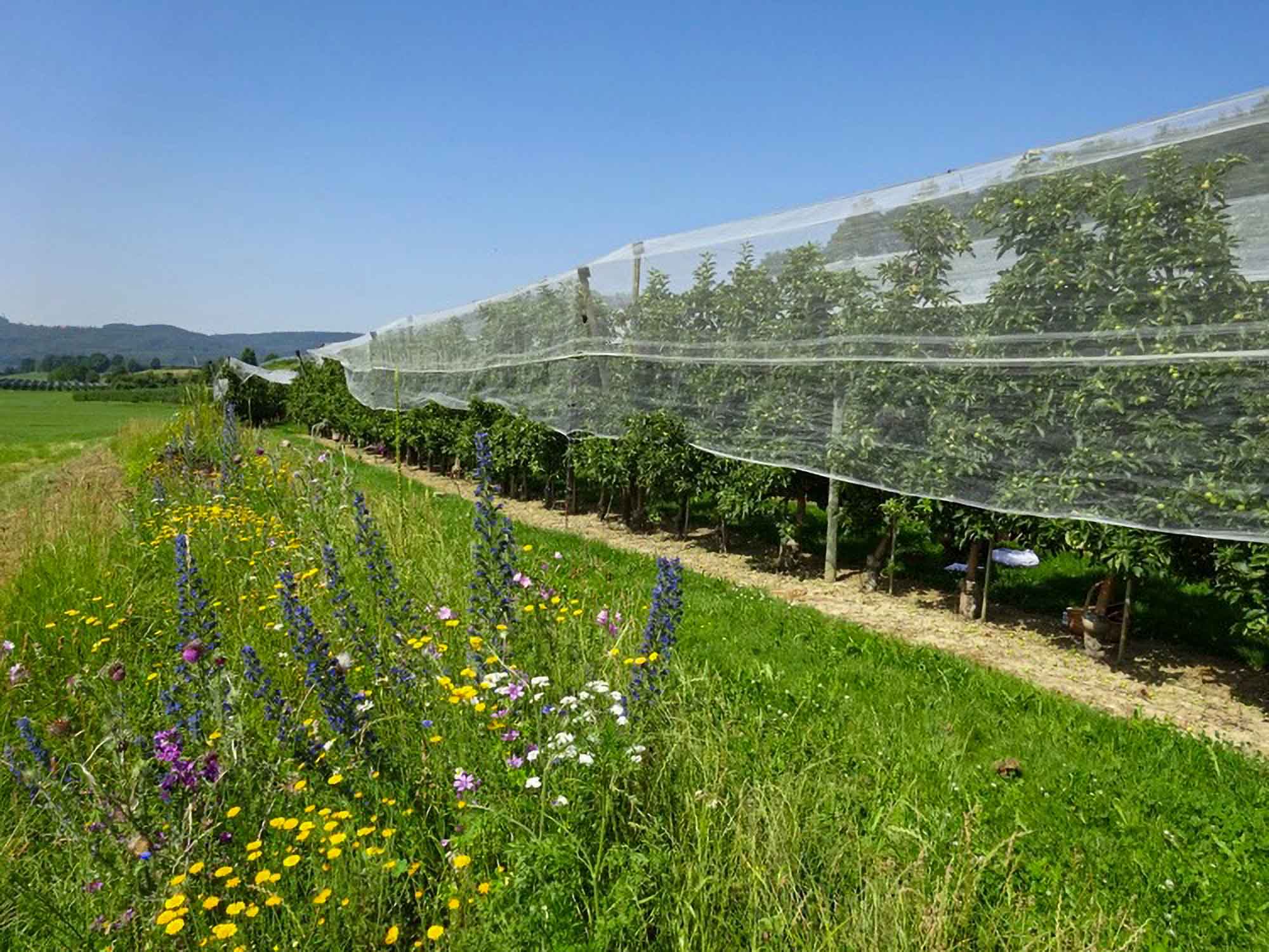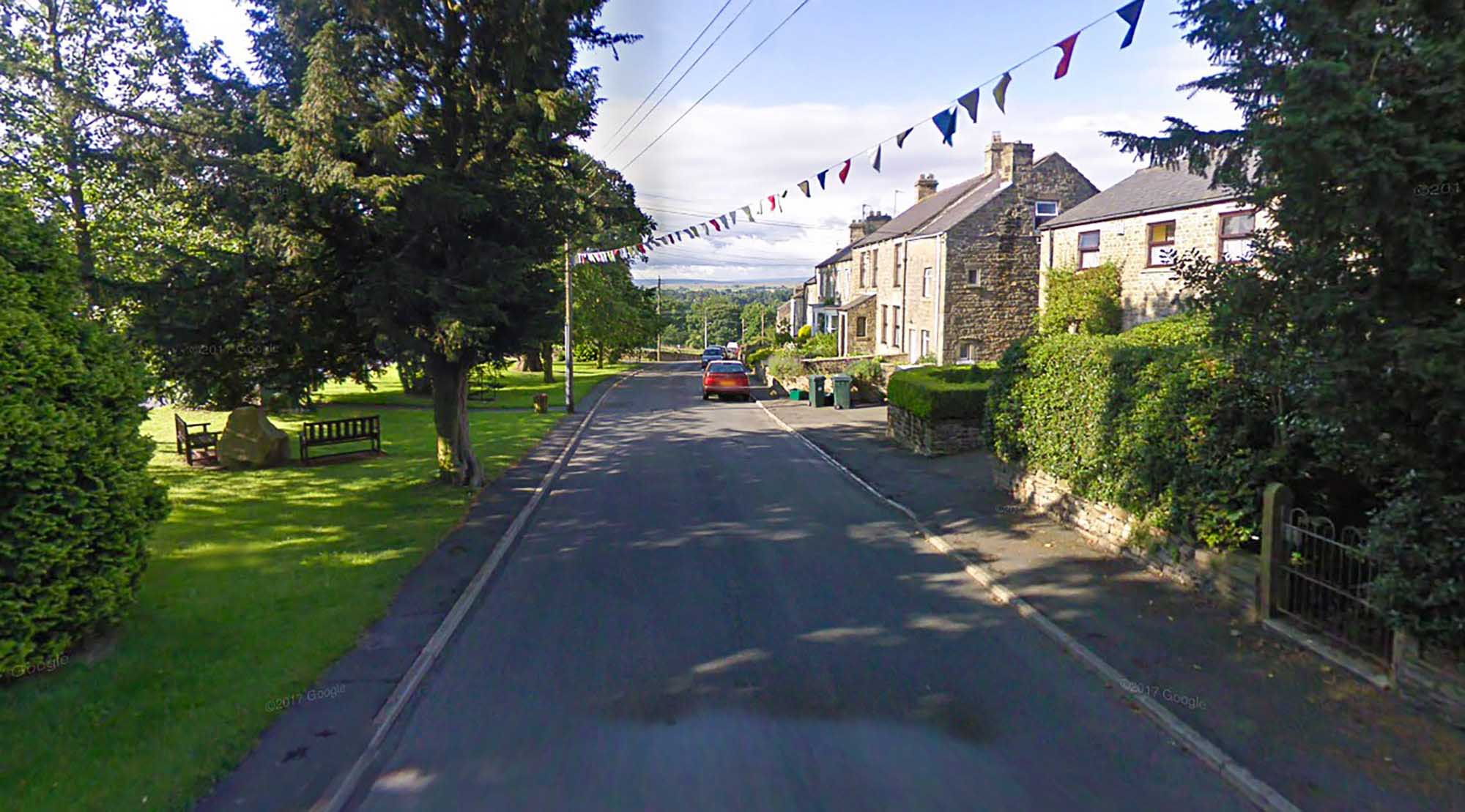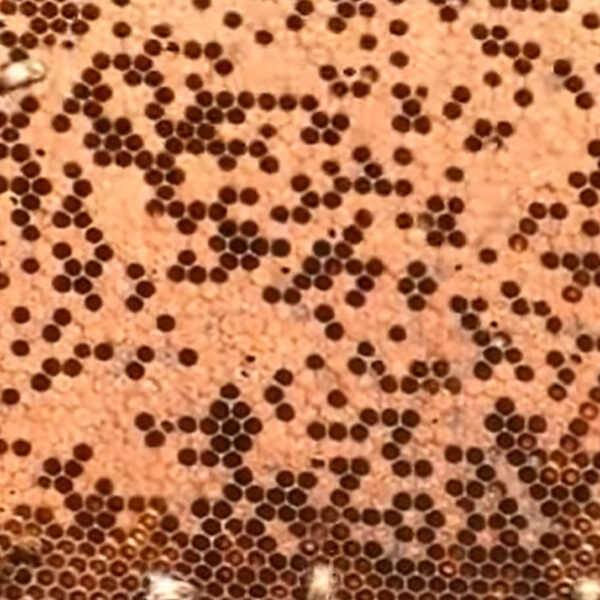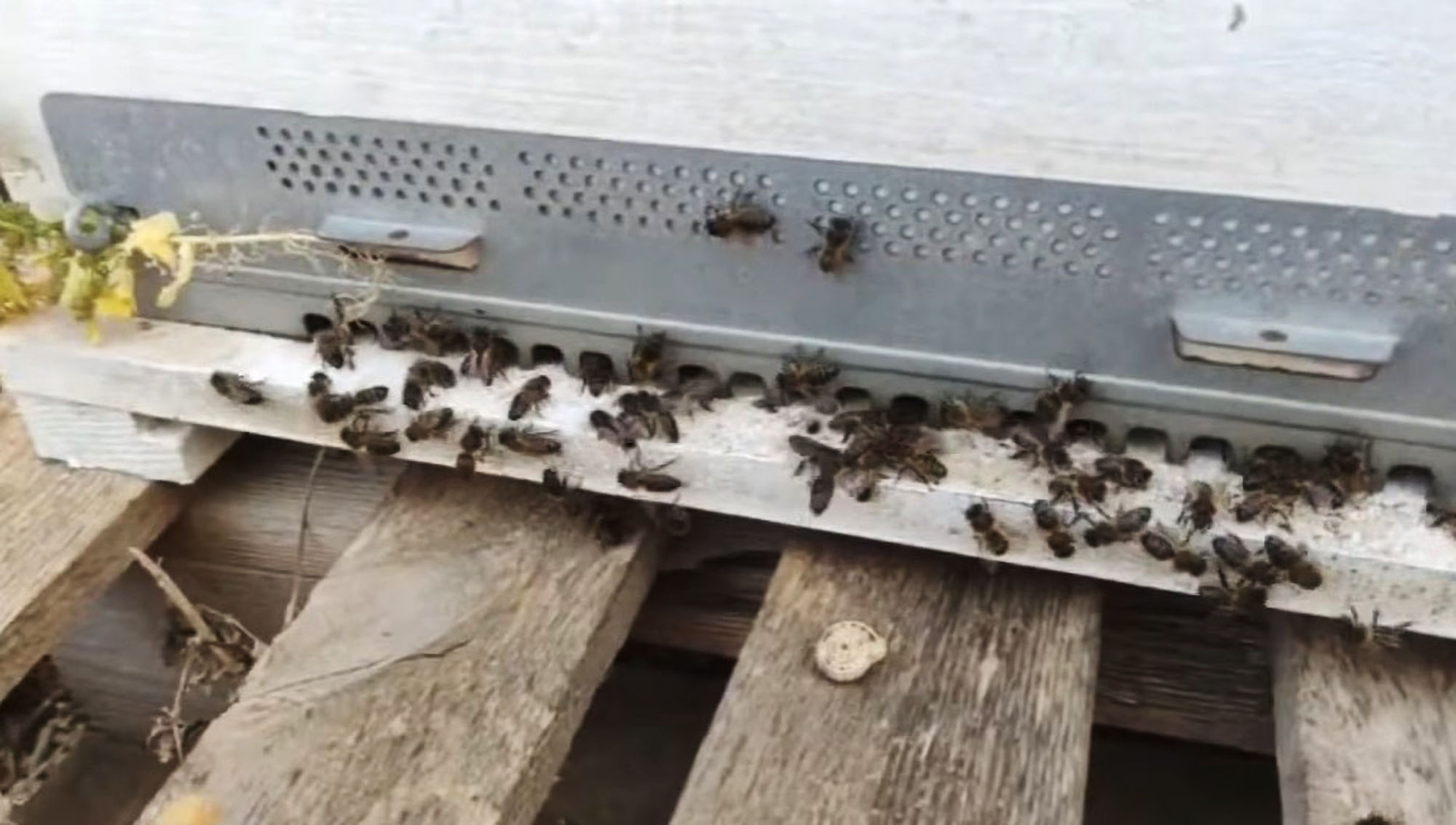Flower strips alongside apple orchards have been found vital to the existence of wild bees in a new study by scientists in Germany.
Dr Vivien von Koenigsloew from Freiburg University‘s Department of Nature Conservation and Landscape Ecology said wild bees have become a rare species around non-organic agricultural projects due to the low number of available sources of pollen and nectar.
The scientist underlined: “This is an issue for farmers as crop systems like apples are dependent on pollination.”
The Freiburg University research group examined 18 conventional apple orchards in the Lake Constance region, where Germany borders Austria and Switzerland, for three years.
Von Koenigsloew pointed out that perennial flowers such as viper’s bugloss and mallow should be favoured over annual mixtures.
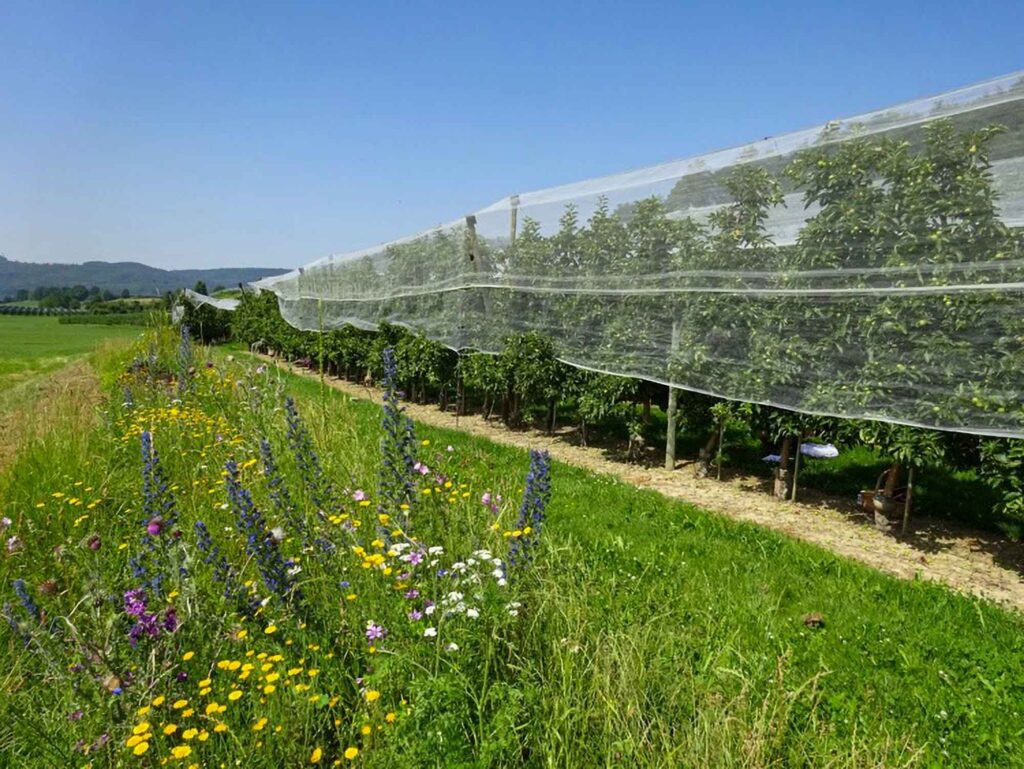
(Vivien von Königslöw, NewsX/BF)
She said: “For enhancing wild bees in intensive agricultural landscapes one should provide a network of perennial flower strips and some well-maintained hedges to create a continuous flower offer over the entire growing season.”
Von Koenigsloew explained that perennial flowers were the better option as they blossomed much earlier in their second year, adding that they would attract different bee communities over the years.
“Thus, they are more suitable to enhance bee diversity,” she concluded.
All other species of bees apart from the honey bee are commonly referred to as wild bees. They do not produce beeswax or honey but do collect pollen to feed their young.
Leafcutter bees, mason bees and carpenter bees are among the best-known types of wild bees.
The scientific researchers’ study entitled “Wild bee communities benefit from temporal complementarity of hedges and flower strips in apple orchards” was published in the British Ecological Society’s Journal of Applied Ecology.
Germany is one of the leading providers of apples in the world.
Last year, around one billion tonnes of apples were harvested in its orchards which stretch across nearly 33,700 hectares.

